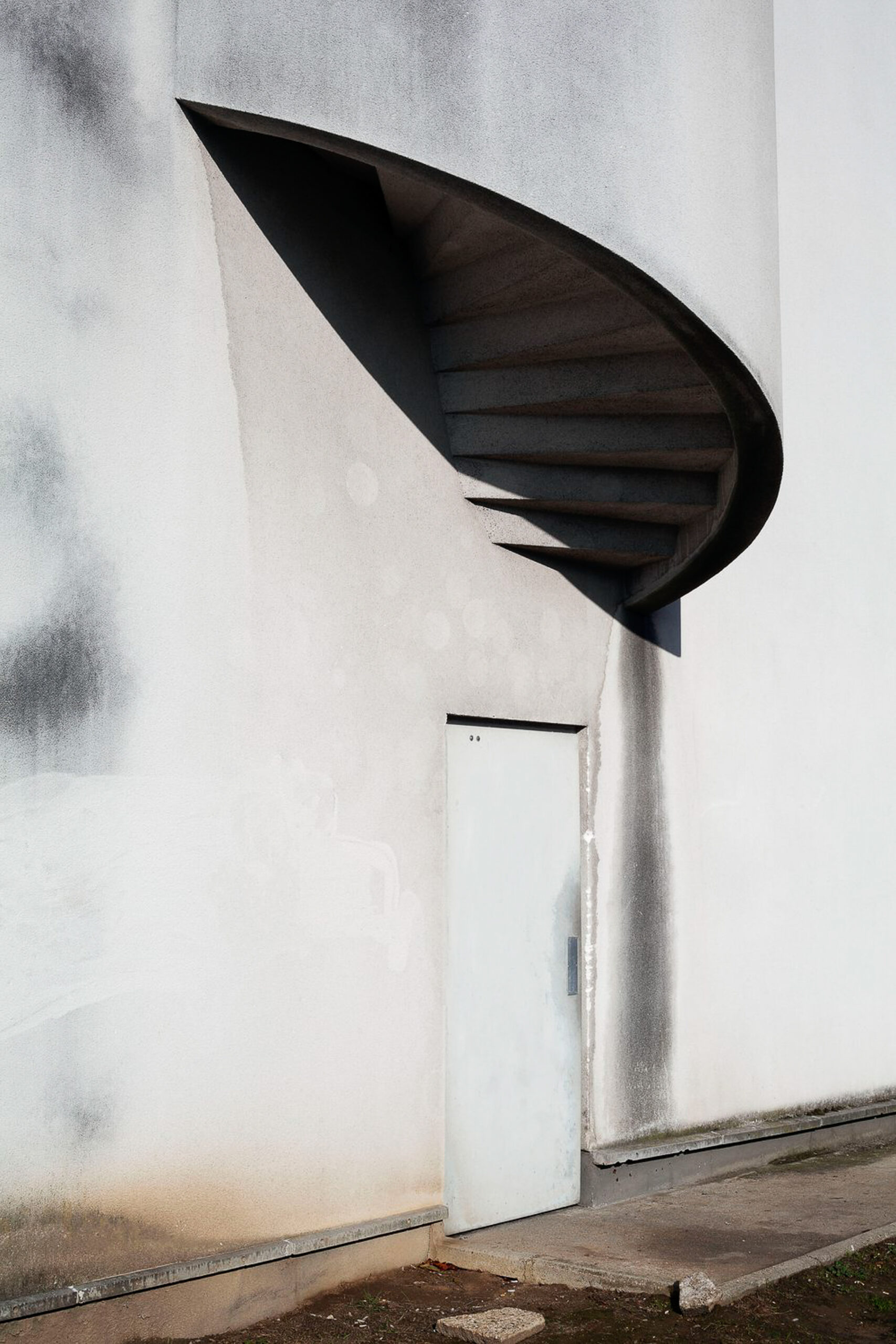
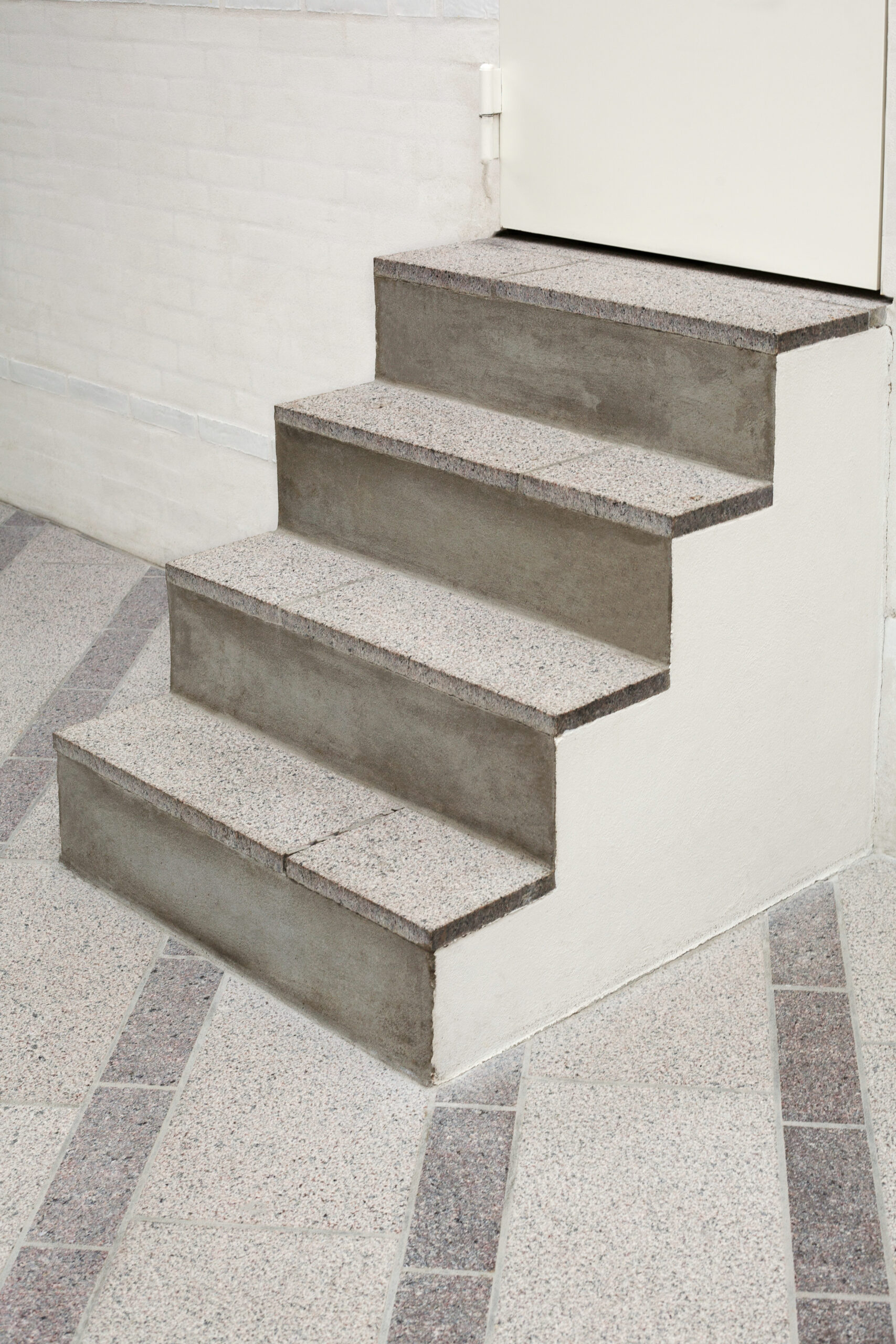
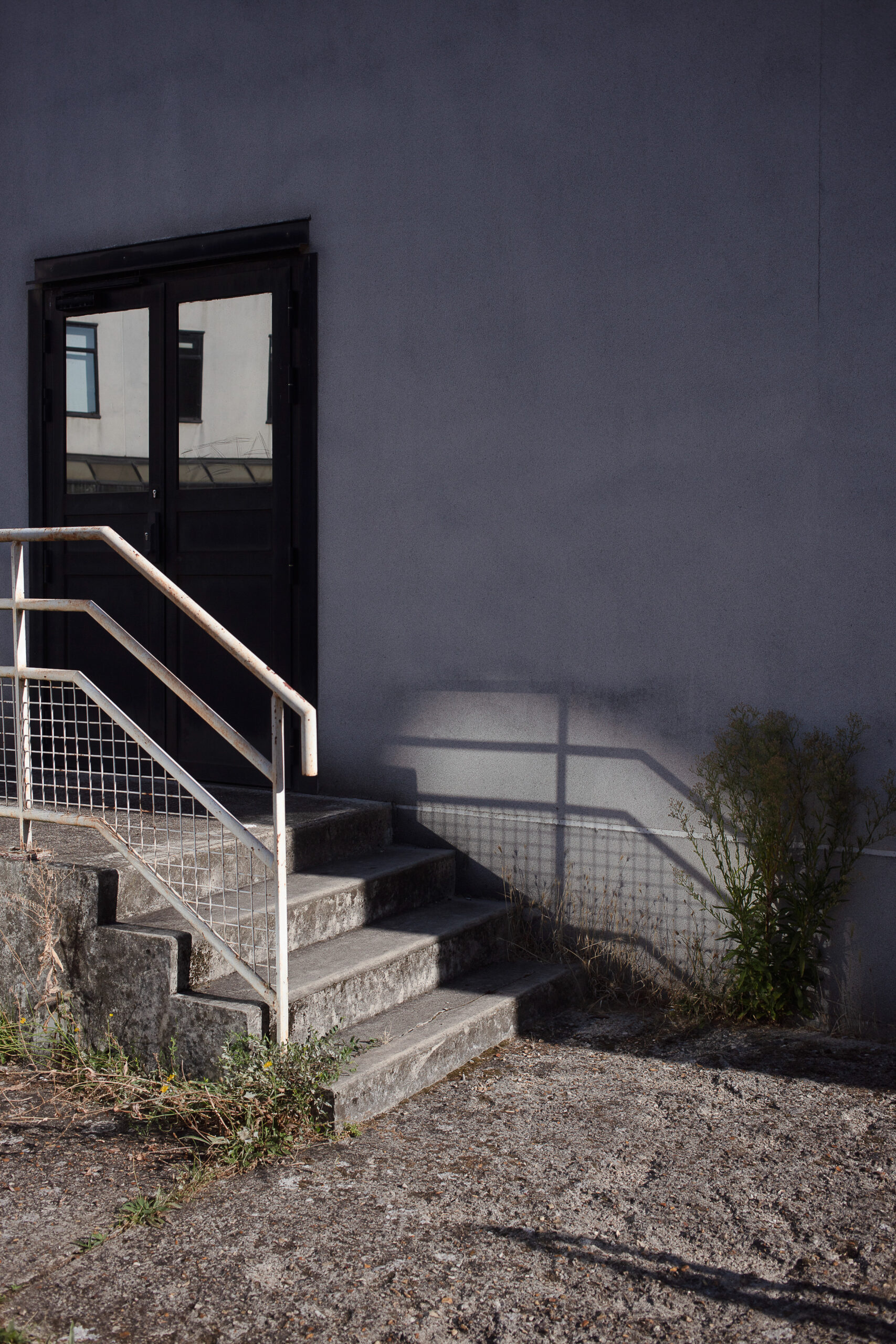
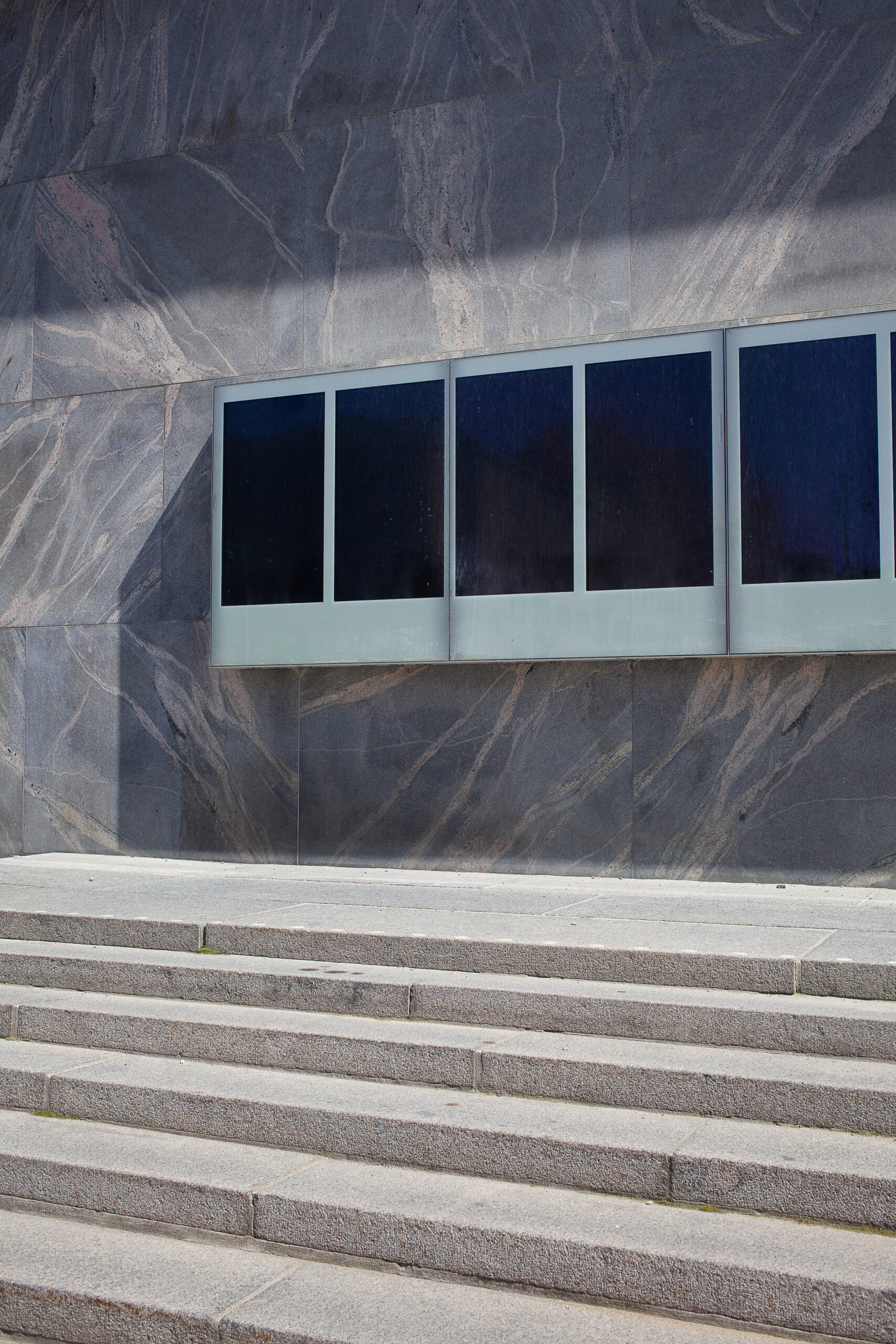
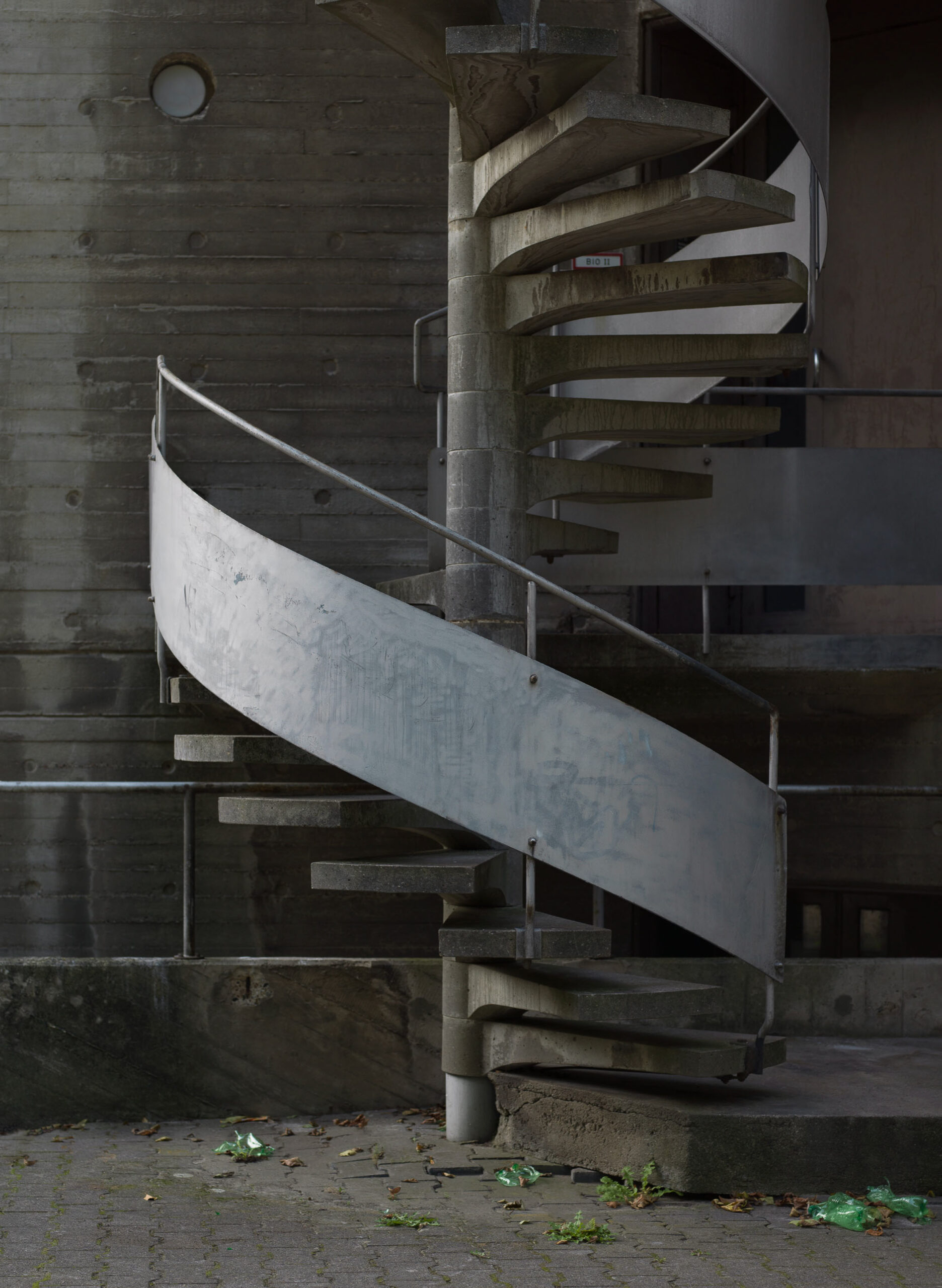
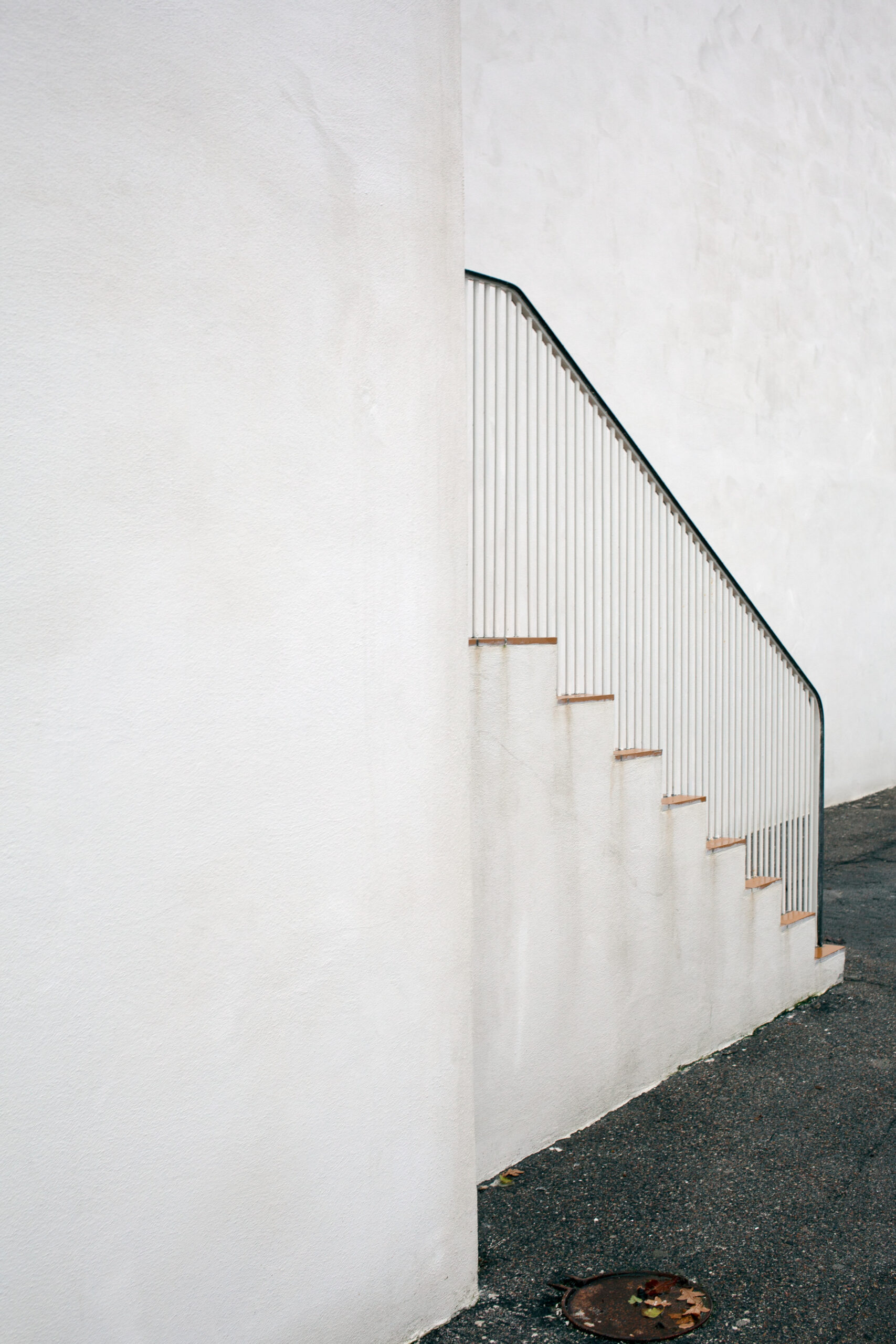
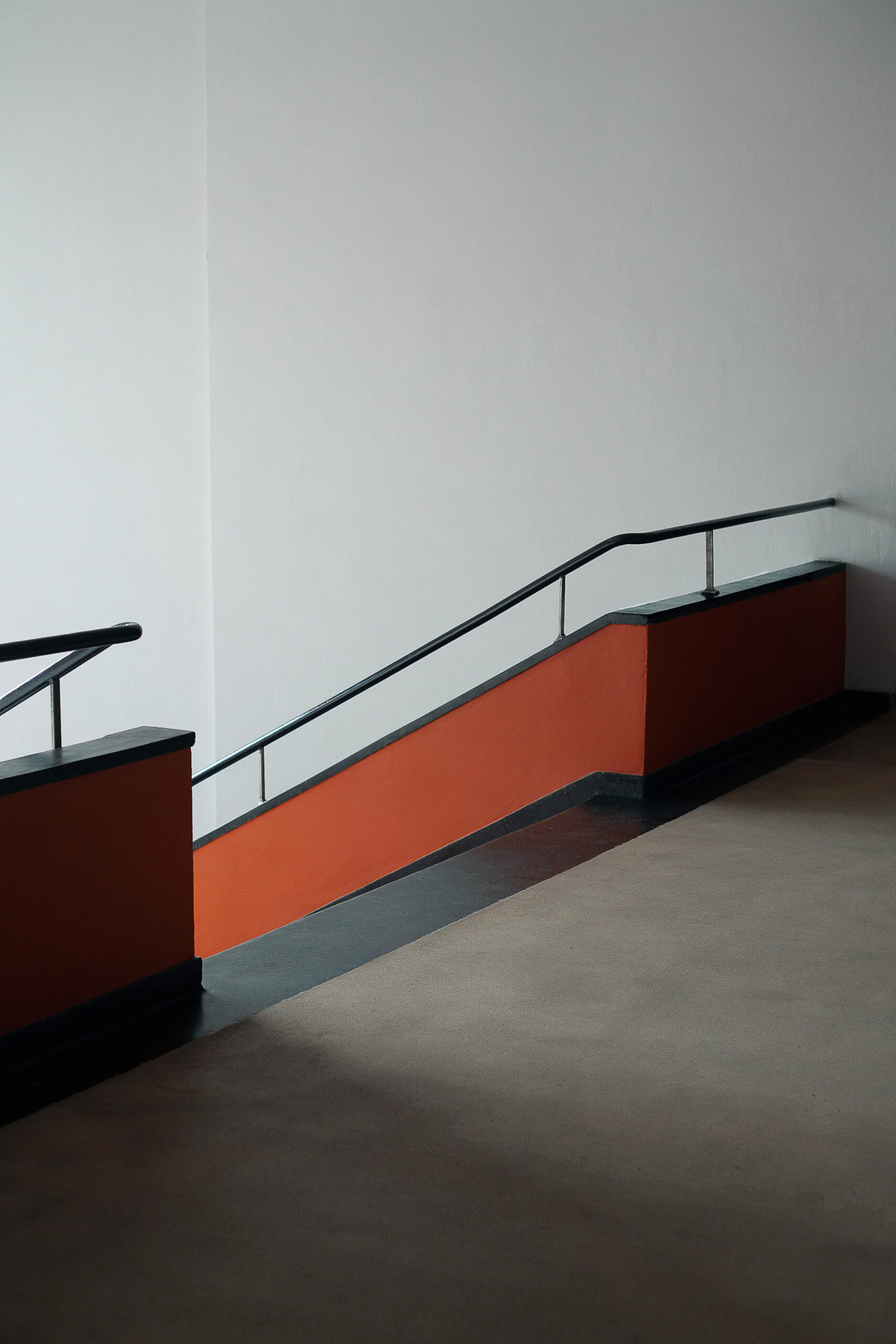
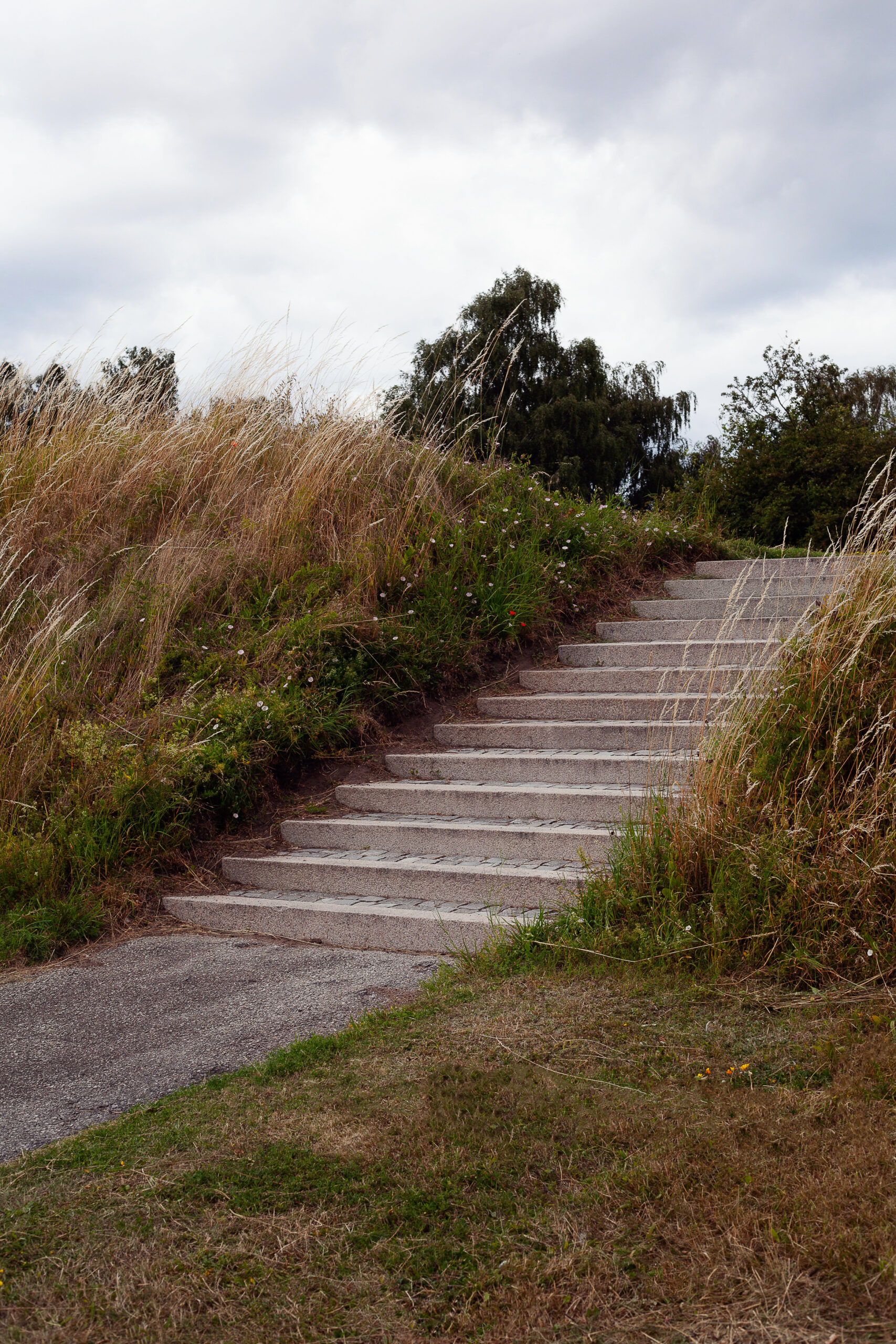
Staring at stairs

Why do I tend to stare at stairs?
One of the stairs that became a role model in the 16th century for the ambitious spatial scale and the use of it as a meeting point was Michelangelo’s interior staircase in the Laurentian Library in Florens.[ii] The stair has formed the design in many theaters and operas in the following centuries to come. One example is the Opera Garnier in Paris that has adapted Michelangelo’s way to build stairs where every step gives a floating gesture, like a waterfall, into the room. The stair has also become a place where one can meet one another and sometimes is used to show off oneself, like scenery.

The park is built on an old dump and consists of a mountain, a grotto, a temple and lake, and two bridges, where one of which is a 63-meter long suspension bridge. ’The Parisians inhabit their parks and streets like they would be salons…’[iii] It is something sublime with the artificial landscape. Every step up to the Temple de la Sibylle where you have a great view over Paris looks like timber, but if you look closely you find out that everything is a chimera and created in concrete by Jean-Charles Adolphe Alphand.
’Cities have always offered anonymity, diversity and unexpected encounters, qualities that best indulge when walking…’[iv] For me, there is an eagerness to walk all the steps and discover what is hiding up or down there. To find something we have not seen. Something that leads us to something else.

I open the door, the top step is shorter than the other two.
My foot barely fits.
Many times I have stumbled over this
step and like a portion of snus been thrown away out on the street.
Due to the door that always gets stuck and is
quite heavy this one is hard, even though it’s only
three steps.
If we look closer to the architectural element, some places invite certain expectations on one’s behavior. Sometimes we get influenced by the design. The construction and shape influence our walking rhythm. Depending on surfaces and how we walk the sound from our rhythm gives identity to particular spaces.[v]

They have a purpose
– to connect different buildings.
All of them have various materials. Twenty-seven steps. Granite.
This one does not make you float.
Just short hard steps with a platform to rest in the middle.
Do people stay on this ledge?
There is no time to stare at others.
Keep up your tempo and walk.
Each step resonates.
The spacious hall can
hear every step.
Hearing someone who is struggling.
The last steps are slower than before.
Breathless.
Like climbing a mountain. Looking out at Ljusets Kalender
(The Calendar of Light?). Watching the park outside where
it is crispy and the January sun is ruthless. Lights up everything.
Even the things you don’t want to be seen.
Staring on films with stairs:
In Metropolis the city is divided by the city planners who reign the town from the top of the skyscrapers while the working class operates the power machines from the underground. The city master’s son Freder falls in love with Maria, ’a working-class prophet who predicts the coming of a savior to mediate their difference’.[vi] The stairs in this film both become a symbol that connects the two worlds and also play an essential role to propel the action forward. For example, in one scene one of the workers walks down the stairs with a gloomy walk. Freder runs down the stairs to prevent the worker to commit suicide. In the workers’ area, steep stairs go up to the power machine, similar to the entrance of a Roman ancient temple, where the stairs have a goal – to fill the machine with workers.

In Mon Oncle the buildings and the scenography have their role to play. Something that is used for dramaturgy. For example, we can watch Monsieur Hulot walk up the stair to his apartment for over a minute. When the scene starts there is a close-up where he meets his neighbor on the pavement. He opens the main door and the footage gets us now and overviews of the townhouse. We can visually just see one stair that connects the apartments. But when Monsieur Hulot starts to walk we get a glimpse of him in the windows when he walks from one etage to another and his walking rhythm indicates how the stairs in the building are designed.

Each step produces a metal sound.
The building to which the stairs belong is deserted and on the
ground lays shattered glass. It is an escape route. To run down.
Instead, I insist on walking up. The construction is a bit unstable and in
each step you feel how it moves and the sounds that come with it.
What is up there? Is the view worth it?
You can see the treetops from here.
It is shaky.
There is one section left until I reach the top. An unpleasant sense
lingers me and I do not want to know what is there.
So I ran. I run down and feeling dizzy and am eager to
walk away and take the bus back to the city. The only thing that is
the left is an image of it before I took the steps.

Gives another dimension to the atmosphere. You walk with reverence.
The space is timeless in a way. The design is superb.
The citizens’ house. Where are they now?
Seventeen steps carved in Ekebergs marble.
From concave to convex.
Gives it a waist.
Each step allows you to
flow forward. One. Two. Flow.
A passage from the entrance down to the closet.
A closet that echos empty. Not even a forgotten mitten can be seen.
Only an echo from a time that passed where you can imagine the visitors.
The exuberant ambiance before a show or a concert is still present. It is like a universe of its own.

A small guide in staring at stairs:
Find a stair. Start to study the details, the materials, and the architectural parts – how it assembles. To continue and to read it as a whole – investigate the space. Look at the social aspects and how it is used. How do individuals come together? What can be said about the walking rhythm and where the stairs are placed? Finally, think of the question – why do you stare at stairs? Try to contextualize it and think of what stairs mean for you. Walk and discover.
IMAGES: Alexandra Lige
Image 1: Untitled 2, from the series POOL TO POOL, 2021
Image 2: Untitled 4, from the series POOL TO POOL, 2022
Image 3: Untitled 6, from the series POOL TO POOL, 2022
Image 4: Untitled 7, from the series POOL TO POOL, 2022
Image 5: Untitled 8, from the series POOL TO POOL, 2022
Image 6: Untitled 9, from the series POOL TO POOL, 2022
Image 7: Bauhaus, from the series Institutions, 2020
Image 8: Stair, from the series GÅ BORT / PASS AWAY / EXIT WALK BY, 2021
[i] Caldenby, Claes, Slávik Andrej, Tedroff, Julia, Farran-Lee Martin, Architecture, Photography and the contemporary past, Gothenburg: Elanders, 2014 (p. 12)
[ii] Britannica, staircase, https://www.britannica.com/technology/staircase-architecture (2021-10-22)
[iii] Solnit, Rebecca, Wanderlust – A history of walking, Finland: Daidalos AB, 2017 (p. 293)
[iv] Ibid. (p. 258)
[v] Broden, Iain, Material sounds: Jacques Tati and modern architecture, UCL, 2000 (p. 10)
[vi] IMDB, Metropolis, https://www.imdb.com/title/tt0017136/ (2021-11-06)